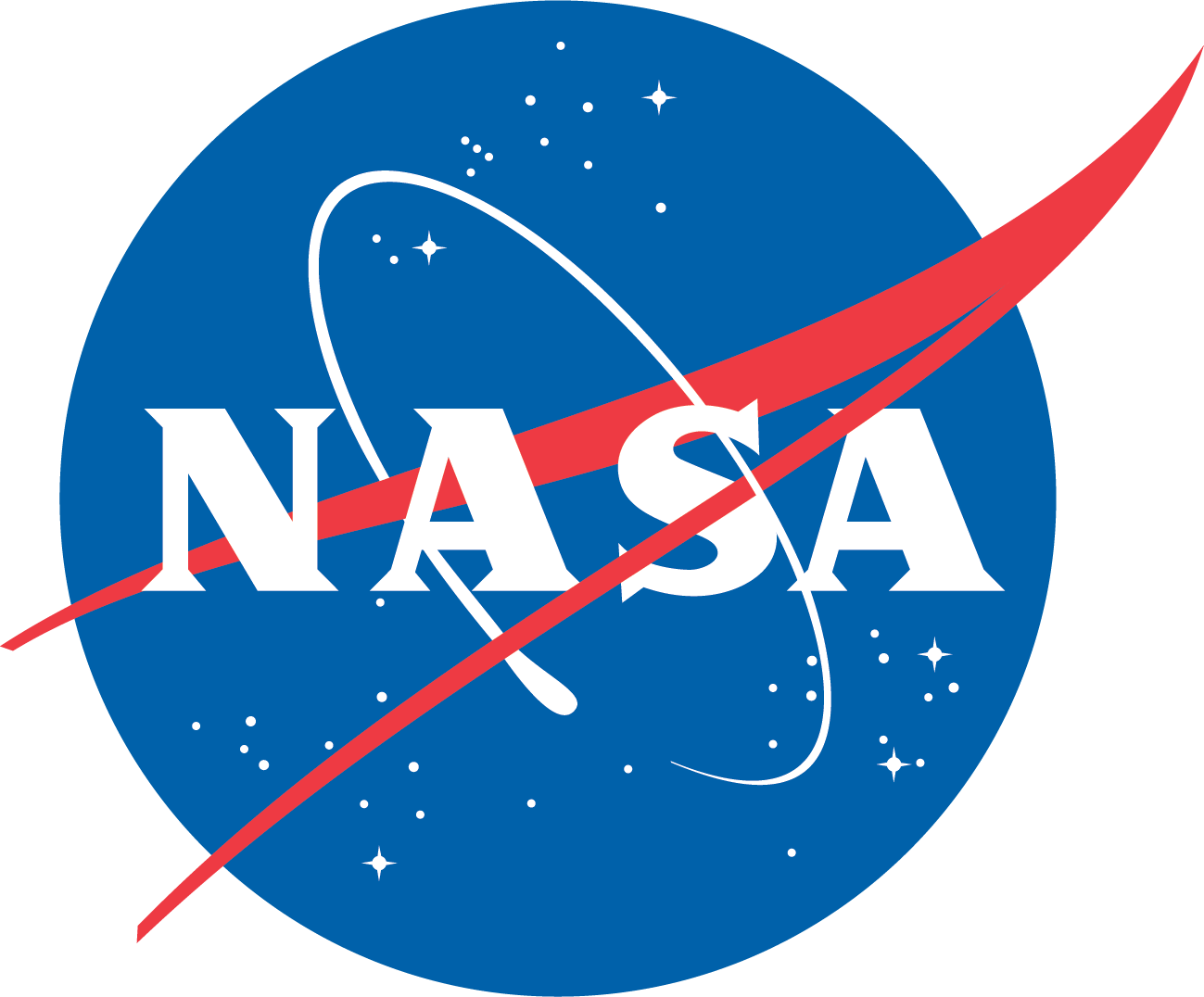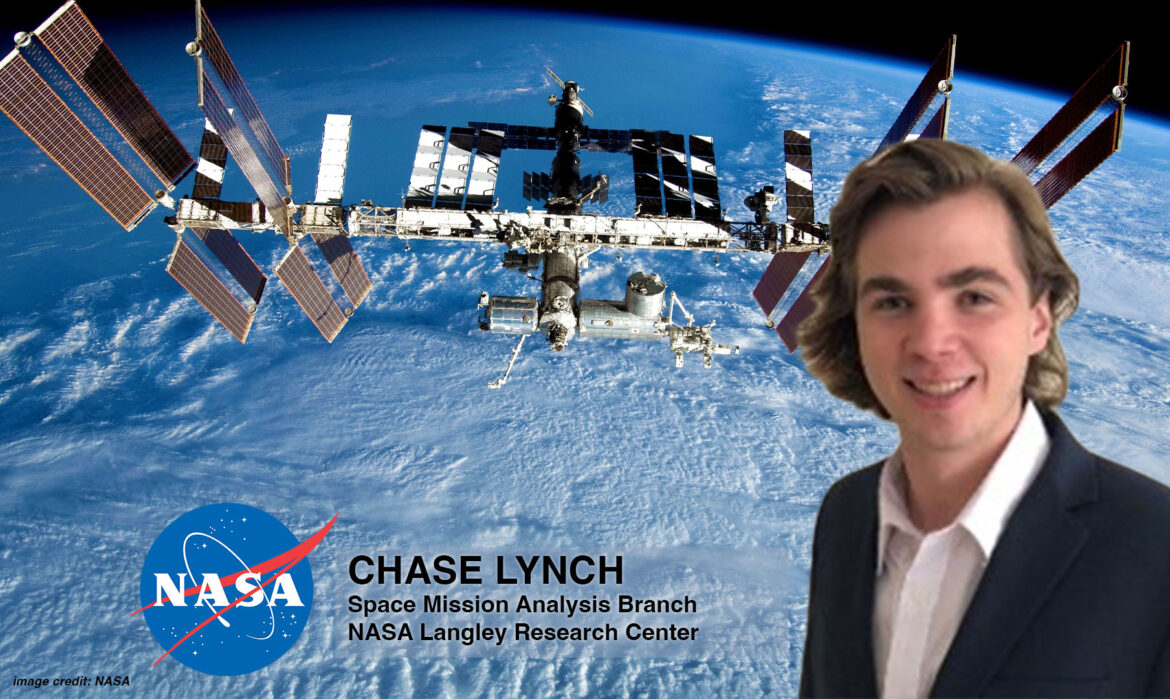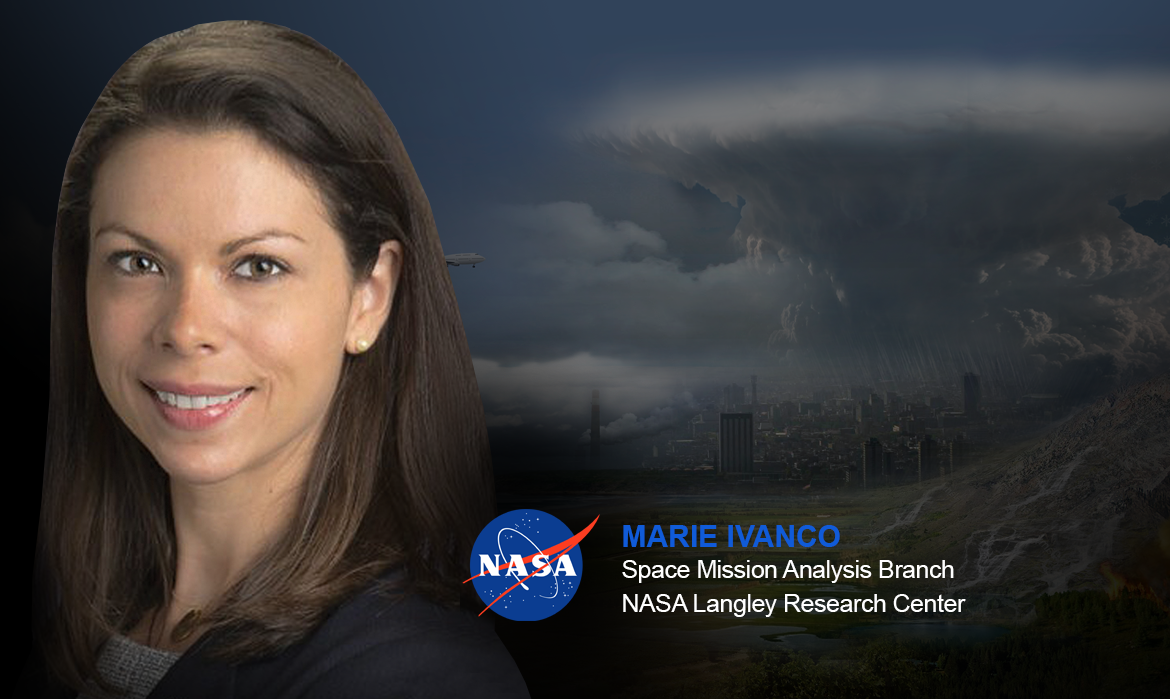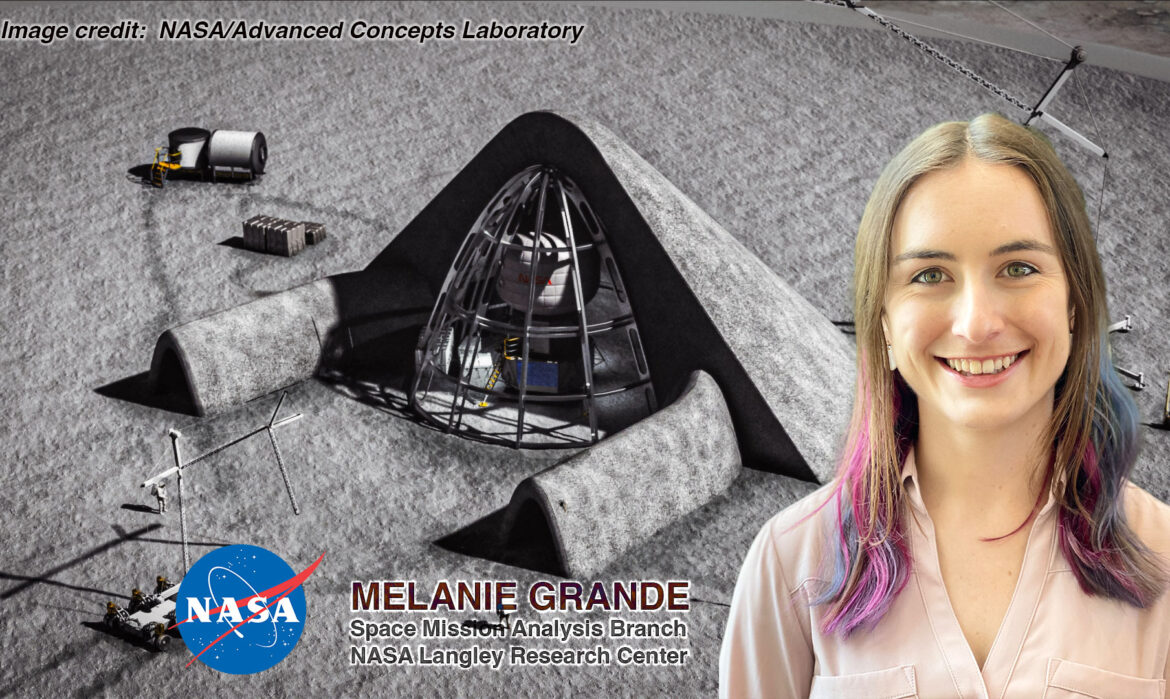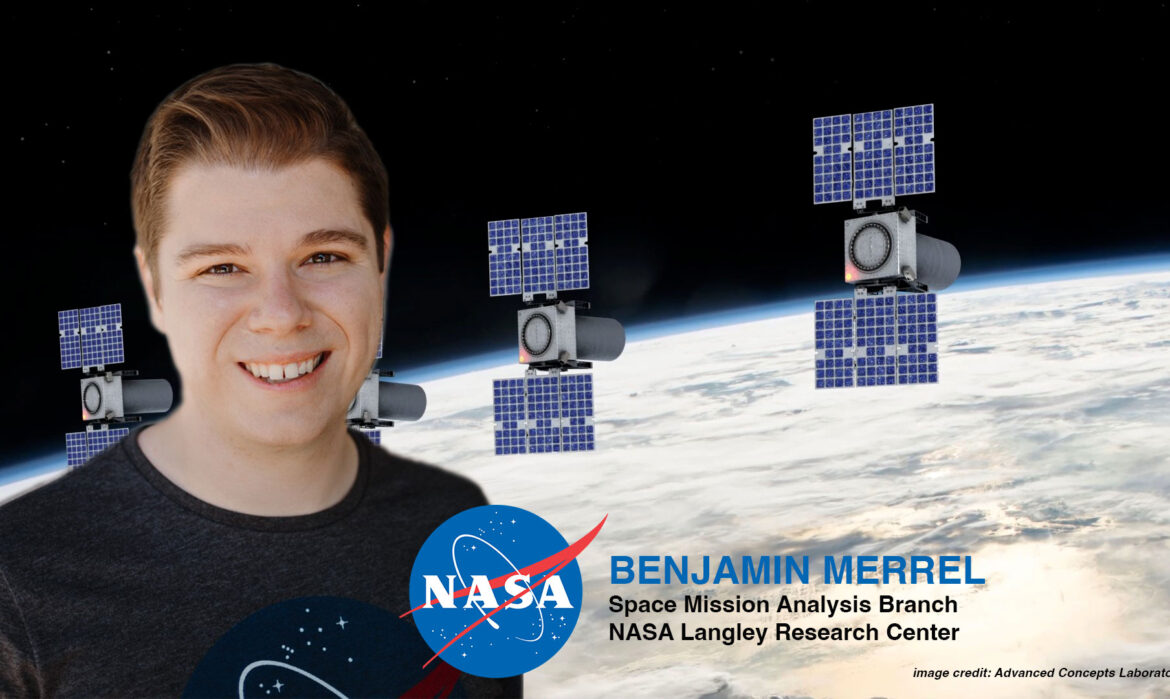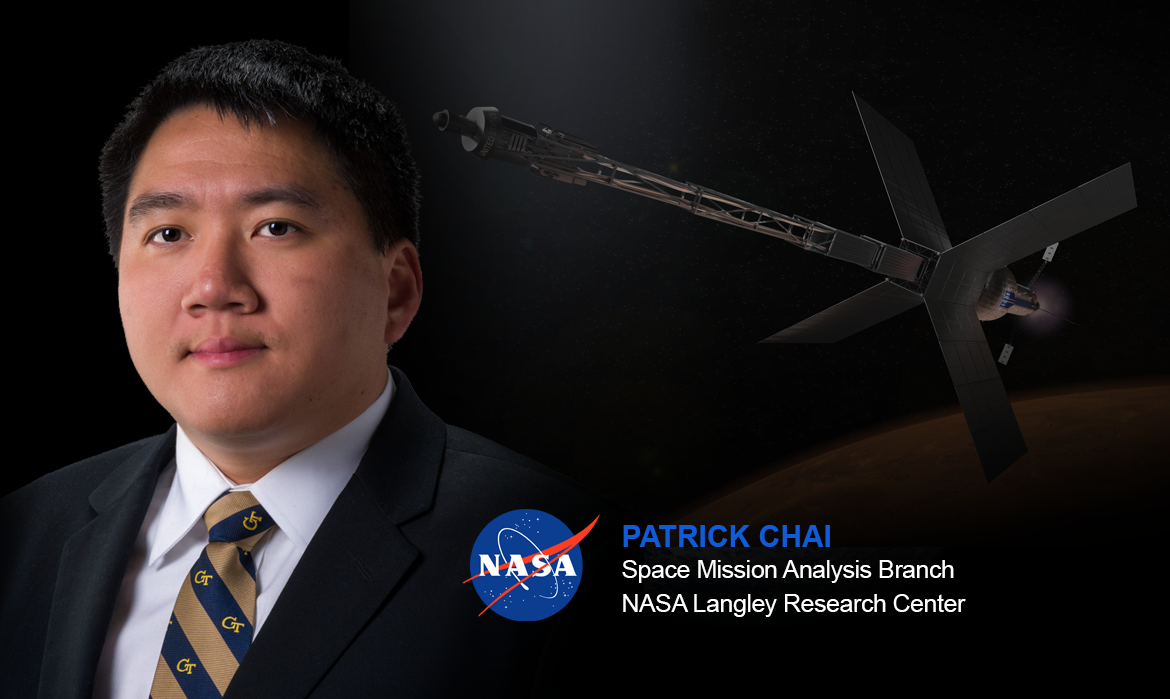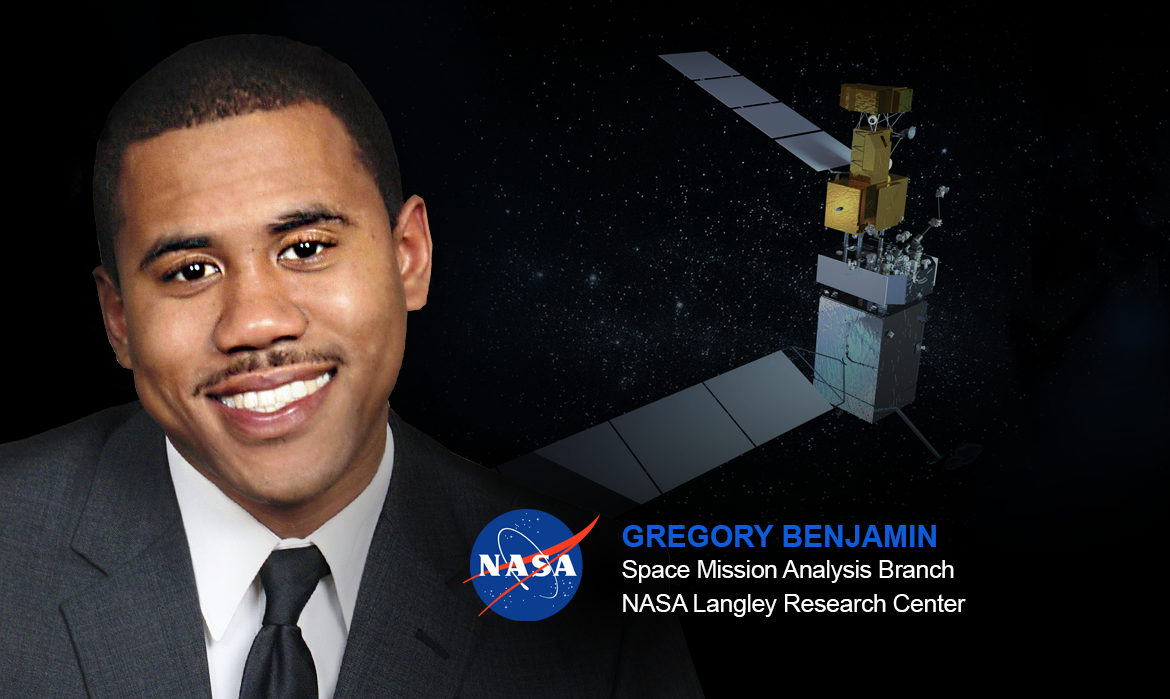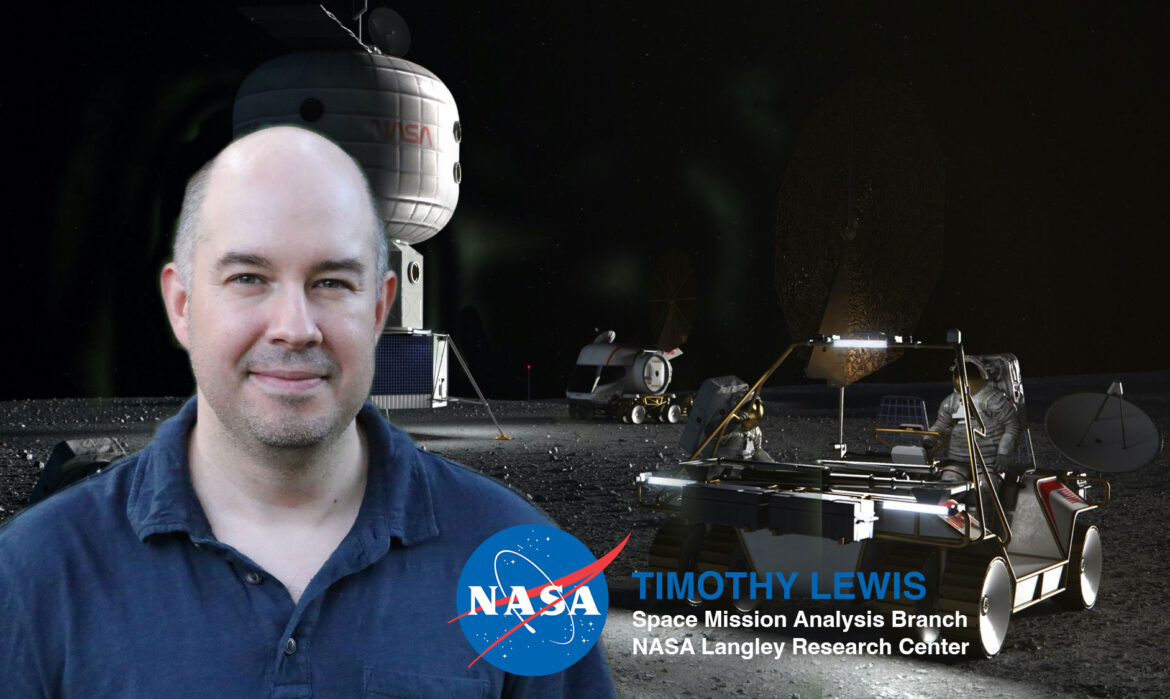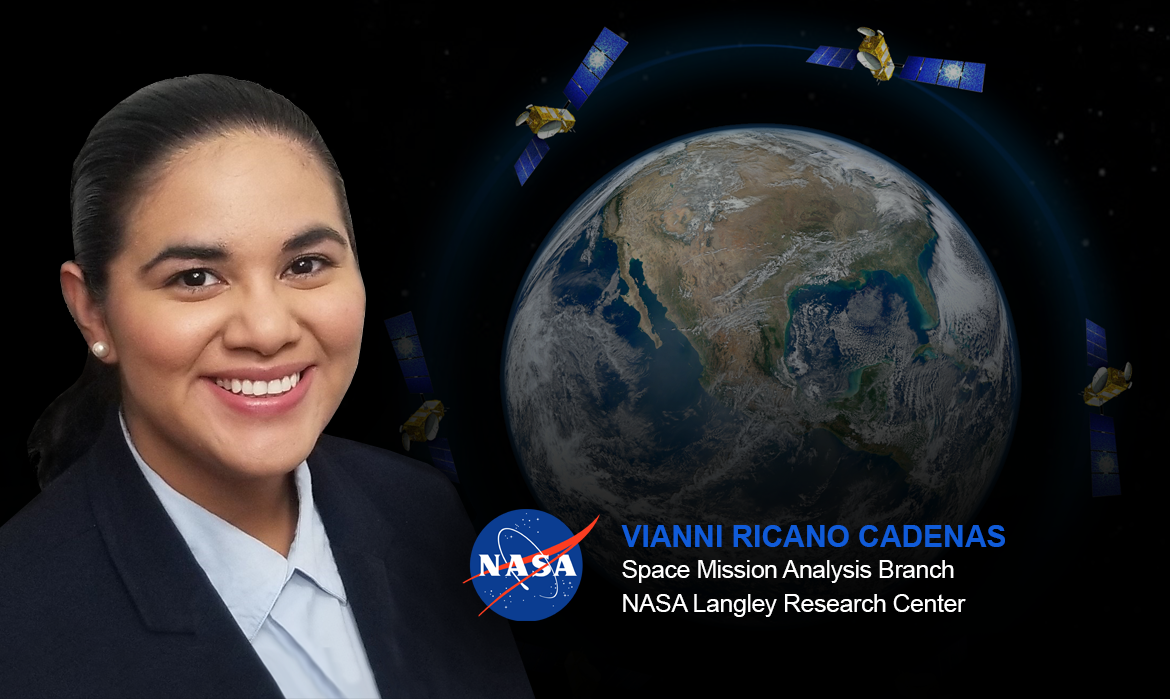Bringing Science and Engineering Together, featuring Tim Lewis
NASA’s Tim Lewis claims to be a pretty quiet person. But you wouldn’t know it when the topic of Science and Technology Utilization (S&TU) comes up.
“We’re sending humans into the solar system,” he says, with obvious pride. “’Utilization’ is all the reasons for going. The ‘Technology’ is to do the ‘Science’ right, to unlock the mysteries of the universe.”
Lewis is the Acting Deputy Manager for the S&TU team. He works for the Space Mission Analysis Branch (SMAB), part of the Systems Analysis and Concepts Directorate at NASA’s Langley Research Center in Hampton, VA. The S&TU group was created in 2020 as part of the Exploration Systems Development Mission Directorate, with the announcement that we would return to the Moon.
With bachelor’s and master’s degrees in aerospace engineering, Lewis maintains he has a “hybrid“ aeronautics and space background, which includes aircraft simulations, air traffic management and control research, flight deck automation, and space systems design.
Much of that work has been for NASA, where Lewis says the culture is perfect for people who want to try different things. And it’s that desire for change that led him to SMAB.
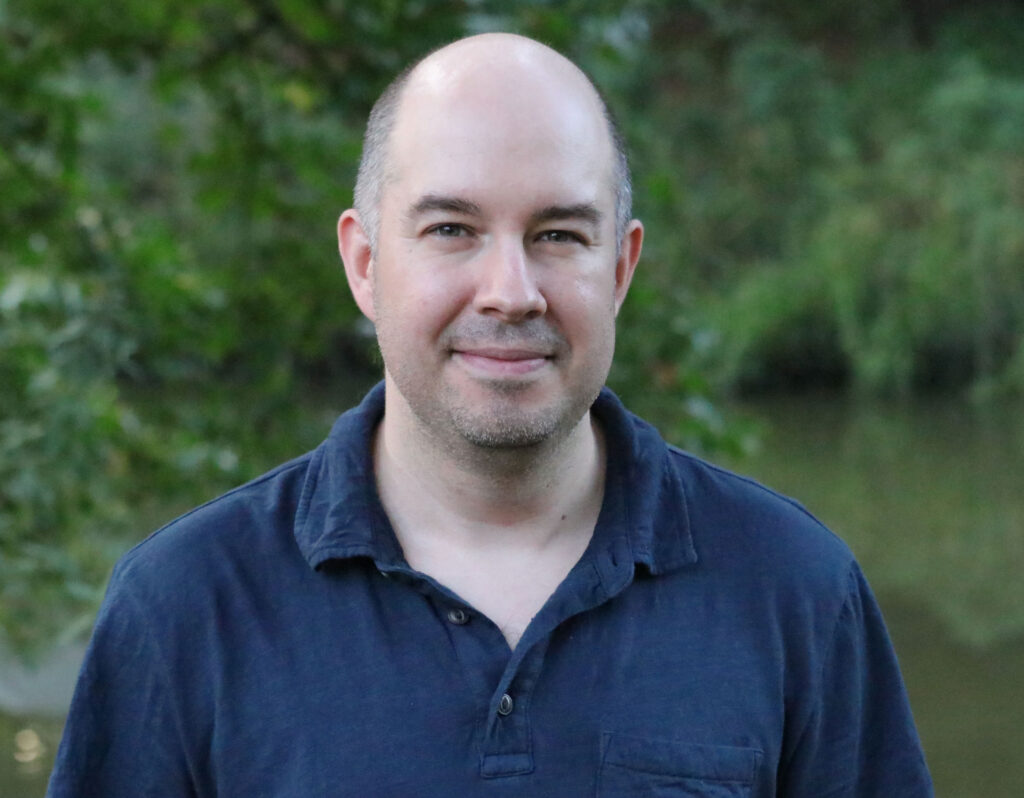
“It’s not just enough to go to the Moon. It’s not just enough to put boots on the Moon and walk around and take pictures. The whole end-to-end cycle of the mission must be taken care of.“
A Diplomatic Approach
“My job isn’t about designing the vehicle or designing the rocket,” Lewis says. “It’s about facilitating and integrating all of the perspectives, especially from both worlds.”
Those worlds are science and engineering, where the languages aren’t always the same.
“Researchers will paint a picture about unlocking the mysteries of the universe and the solar system on the Moon, at the South Pole of the Moon. And the engineers are like, ‘That’s a really cool PBS Nova episode. But boil that down for me in kilograms. What do I actually have to build to let you do that?’”
And that’s exactly where Lewis’ fluency as a strategic and systems thinker is crucial. Lewis doesn’t make decisions about engineering or science, but he is responsible for building a consensus that enables those decisions to be made.
“It feels a lot like diplomacy,” he smiles.
He is especially proud of his and the S&TU team’s work on building consensus around the Artemis mission and representing other interests in advocating for a diversity of capabilities that need investment.
“It’s not just enough to go to the Moon,” Lewis says. “It’s not just enough to put boots on the Moon and walk around and take pictures. The whole end-to-end cycle of the mission must be taken care of. You need to look at this as an integrated problem and it’s not just engineering by itself. It’s not just science by itself. This is a science plus engineering system mission, and the ability to step above and look across all the concerns. It’s certainly a perspective.”
“I hope everyone has the opportunity to find that kind of passion thread where they get to do something that they really love and enjoy and get paid for it. And NASA is a really great place for that.“
Success through Varied Perspectives
Consider the focus for lunar planetary science researchers, who are keen on bringing back rocks and, possibly, ice from the Moon. Through S&TU, Lewis explains, “We actually increased the capability of the system, not just theoretically, but in contracts, right out on the vehicles being built. And we’ve also been successful at socializing the need for even greater amounts of sample return later in the Artemis campaign.”
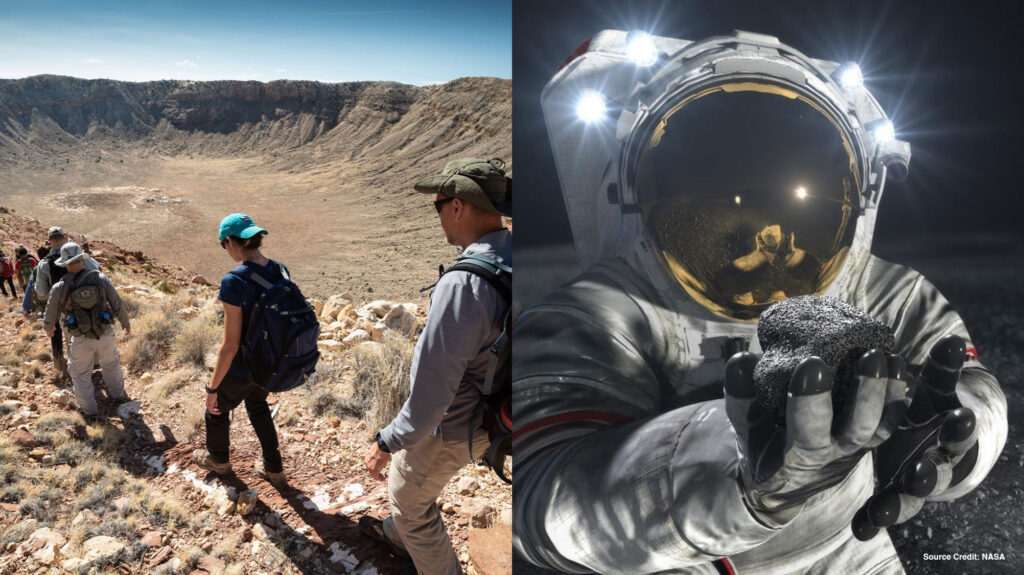
Right: Artist’s rendering of an astronaut inspecting potential locations to collect samples on the lunar surface.
When thinking about his career path, Lewis admits this is not a job he would have ever imagined for himself at the beginning.
“It’s not necessarily what we learned in school in all our engineering classes and all those differential equations we solved,” Lewis recalls. “But I can just trace the thread through my interests directly to what we’re doing at work, so it’s just really cool, you know? And I hope everyone can find that kind of passion thread where they get to do something that they really love and enjoy and get paid for it. And NASA is a really great place for that.”
Having worked with a variety of scientists, combined with his own varied experience, Lewis realizes how it informs his current work as an advocate and mediator for myriad perspectives, and as a champion for human space travel.
“Everyone needs a seat at the table, right? The engineers can’t make all the decisions about a mission by themselves,” he observes. “And the scientists can’t just wave a magic wand and wish a rocket into existence that does everything they want it to do. It truly is a consensus, and that consensus doesn’t happen automatically. So, I’ve gained an appreciation for that kind of real work and what it really means.”
More on S&TU’s work
On Lewis’ Sci Fi Shelf
Dune, by Frank Herbert
“It’s so dense with ideas and story,” he says, “and it’s responsible for painting a universe that people just keep coming back to in different ways. Tatooine on Star Wars is Dune. Every grand space opera with empires and intrigue – that’s Dune. So, Dune is like the Lord of the Rings for sci fi.”
Author: Sondra Woodward
Published: September 2022
